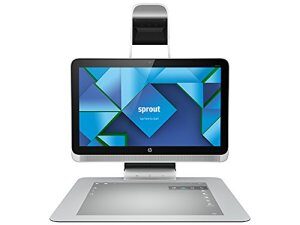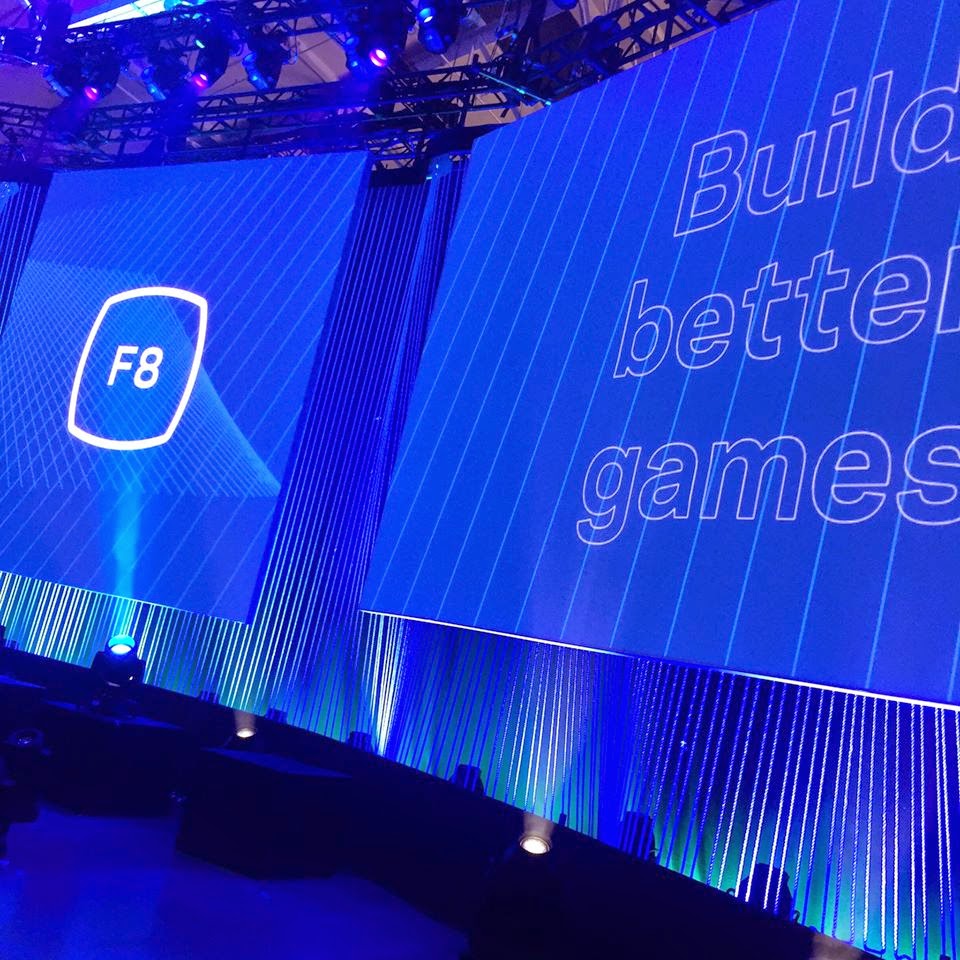My Top 10 Gadgets of the Future That You can Buy in 2015
Recently I was asked to appear on my local Fox affiliate, Fox 13 to appear on their weekly lifestyle show, “The Place”. They wanted me to talk about my top 10 favorite gadgets of 2015. I agreed to take on the challenge, which really wasn’t a challenge since I already own most of them! You […]
Read more...How to Scan Anything You Want Into Minecraft Using Sprout by HP
https://www.youtube.com/embed/fk8Ssw1Cw60?feature=player_embedded A couple months ago, I was lucky enough to be one of a few that were selected to receive a Sprout by HP. As part of the criteria, they wanted me to come up with some ideas for cool things I could build and make using the device, which has a 3D scanner built […]
Read more...Facebook Quietly Launches Ads API for ALL Developers
Some amazing things have been announced at Facebook’s annual developer conference, F8, going on yesterday and today in San Francisco. From new apps for Facebook Messenger, to a platform for Internet of Things, to one of the most amazing explanations of the value of virtual reality I’ve ever seen, Facebook has by far made up […]
Read more...No Known Solutions In Sight for Copyright Issues or Monetization for Facebook Video
At Facebook’s now annual F8 developers conference, 2 issues seemed to be on the mind of developers and content creators in the audience of their “What’s New With Facebook Video” session: copyright infringement and in-video monetization. But when asked about it, Facebook seemed mute. Among the features launched at Facebook F8 this year was the […]
Read more...How to Find the Fans of Your Facebook Page
I had a client ask me the other day if they could identify their 10,000th fan for a giveaway. The truth is on Facebook, they don’t make it easy to know who your fans are. In the Facebook API it limits you up to only a few hundred fans that you can retrieve (and that […]
Read more...The Entirely Contextual, Peer-to-Peer, Self-Aware Future of Technology
This article is part of the ‘Think Further’ series, sponsored by Alger Financial Management. For more ‘Think Further’ content and videos, click here.As I talk to others in the tech industry, I’m often asked, what’s next for technology? First there was the PC, then the web. Then came the dynamic web experiences and “web 2.0”. […]
Read more...Google+ Isn’t Dying. Facebook Isn’t Dying. The News Feed is Dying.
Paul Adams, inventor of Google+ Circles, and an all-around smart guy, wrote a post I shared earlier today on Facebook about basically the death of “the destination”. His post really resonated with me. I’ve long wondered, with the death of Google Authorship among other things being removed from Google+, if plus.google.com would stick around, instead being […]
Read more...The Facebook Fraudster’s New Strategy: Friend, Fraud, then Forget – How to Protect Yourself
A common Facebook social engineering or fraud tactic is to pick someone with friends you want to target, copy their Facebook profile entirely, and then start friending their friends one by one, until your new profile looks completely authentic. In the past, it was easy to get rid of these fraudsters by just reporting their […]
Read more...How to Protect Your Online Social Media Presence Using Facebook Business Manager
Facebook’s recently released Business Manager is a God-send for any social media manager or strategist or even security department desiring to manage multiple Facebook Page admins among dozens (to even hundreds or thousands) of Facebook Pages and Ad accounts. With just a few clicks you can know exactly who has access to your Facebook Pages […]
Read more...I’m Writing Minecraft For Dummies, and This Time it’s a Family Affair
Hi, my name is Jesse Stay – I’m writing Minecraft For Dummies and Minecraft Recipes For Dummies, and yes, I’m officially crazy (but loving it!). I guess you could say I’m now addicted to writing books. When I first started writing my first book, I’m on Facebook–Now What??? with Jason Alba, I thought I was […]
Read more...

